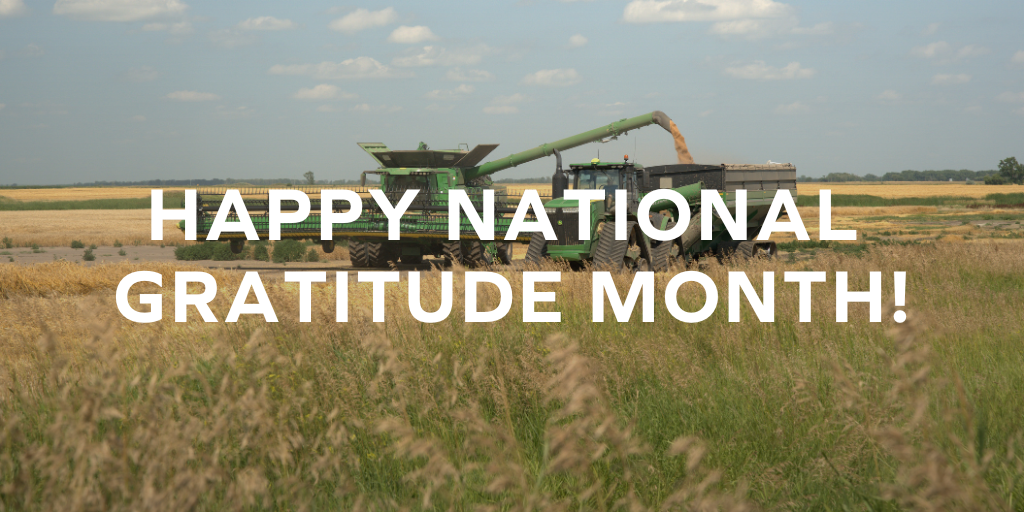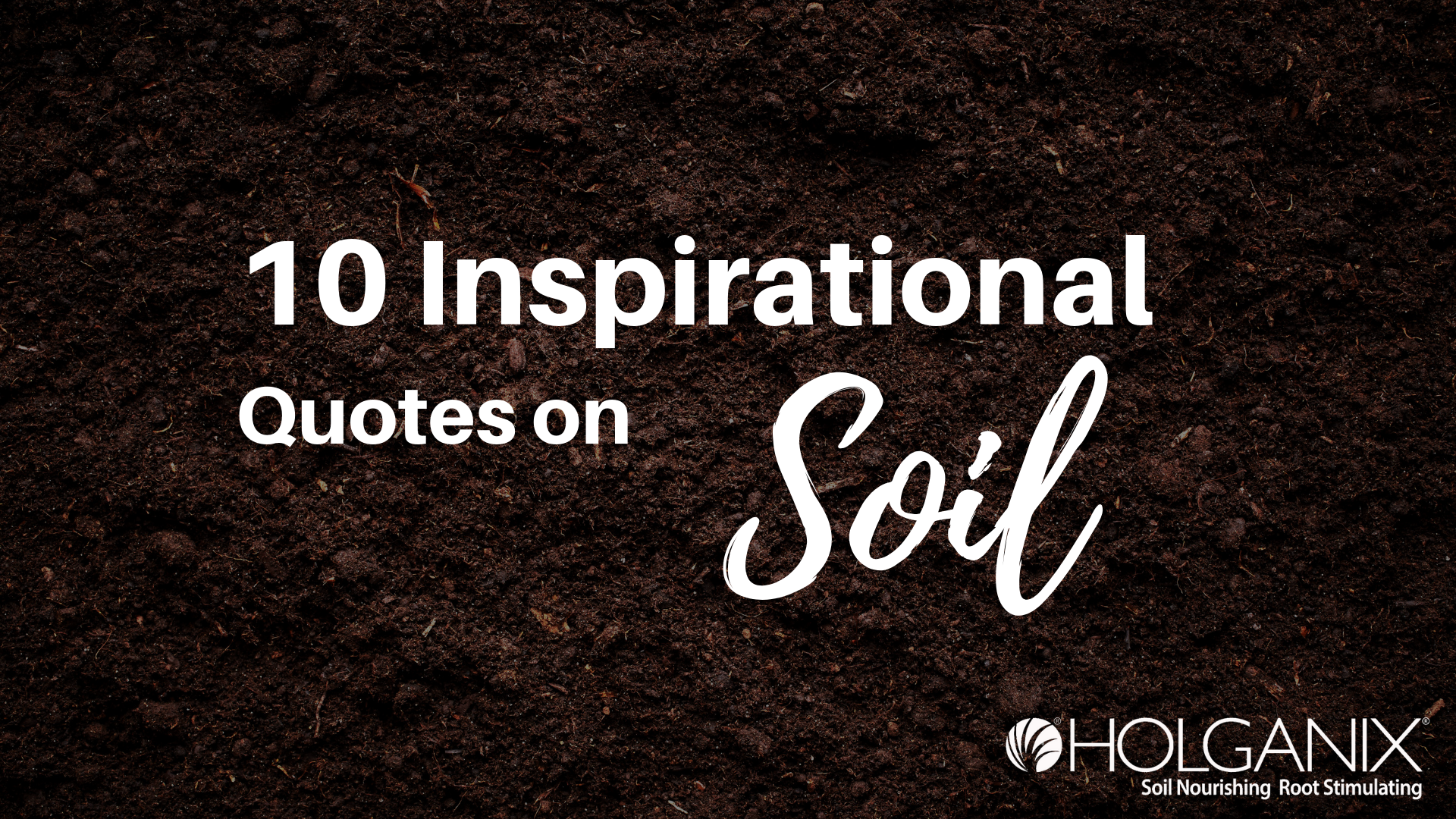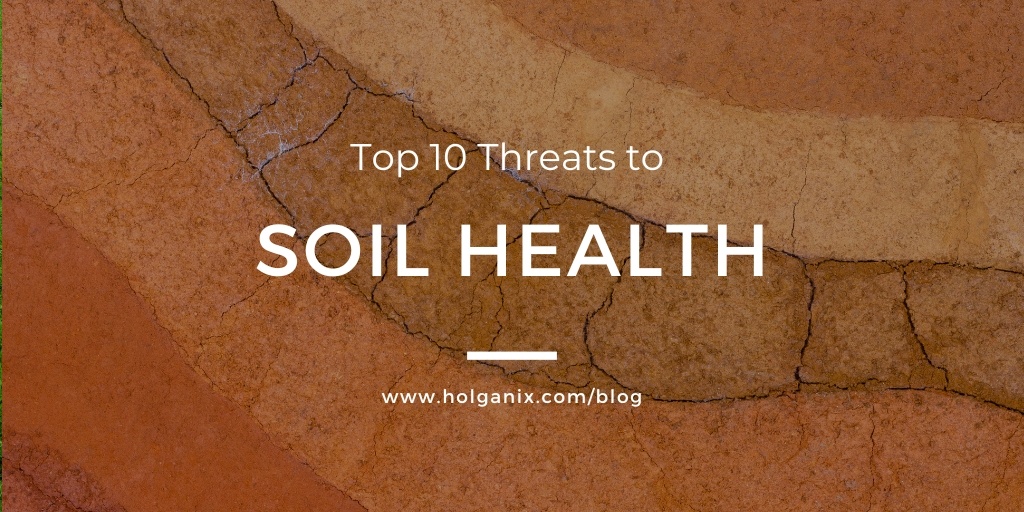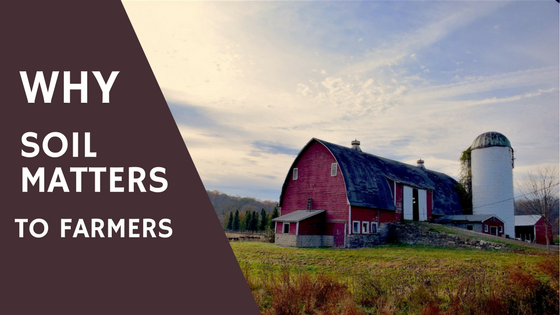-1.jpg?width=1024&height=512&name=Blog%20headers%20%232%20(4)-1.jpg) As planting season approaches, farmers everywhere begin preparations to ensure they’re ready for a successful crop year. Proper planning and timely action can set the stage for a fruitful growing season, minimizing unexpected challenges along the way. To give you the best perspective, we’ve sat down with two seasoned Missouri farmers, Brian Strider and Nathan Moyer, who have shared their valuable insights and tips on what to focus on before planting starts.
As planting season approaches, farmers everywhere begin preparations to ensure they’re ready for a successful crop year. Proper planning and timely action can set the stage for a fruitful growing season, minimizing unexpected challenges along the way. To give you the best perspective, we’ve sat down with two seasoned Missouri farmers, Brian Strider and Nathan Moyer, who have shared their valuable insights and tips on what to focus on before planting starts.
In this blog, we will explore the following topics:
Click the link to skip to the topic of your interest or continue scrolling to read the full interview.
- Soil Testing and Preparation
- Equipment Maintenance
- Plan Your Crop Rotation
- Seed Selection and Ordering
- Pest and Weed Management Planning
- Weather Monitoring and Timing
- Using Holganix Bio 800+ For Healthier Crops
1. Soil Testing and Preparation:
One of the first tasks on every farmer’s checklist is ensuring their soil is ready for planting. According to Brian Strider, “Soil health is the foundation of a good crop. It’s critical to test your soil in advance to understand its nutrient levels and what amendments may be needed.”
Brian's Tips:
- Conduct soil testing well before planting season to assess pH levels, organic matter, and nutrient deficiencies.
- Apply the necessary fertilizers or soil amendments to correct any imbalances and promote strong root development.
Nathan Moyer echoes Brian's thoughts: “I always make sure my soil is properly prepped, whether it’s adding organic matter or ensuring good drainage. Starting with healthy soil gives me the confidence that my crops will have a good start.”
2. Equipment Maintenance:
Planting season requires equipment to be in top condition to avoid costly delays or breakdowns. Nathan Moyer emphasizes, “Your planting equipment is the backbone of your operation, and downtime can hurt your bottom line.”
Nathan's Tips:
- Inspect and service all planting equipment, including tractors, planters, and sprayers.
- Replace worn parts and ensure everything is properly calibrated to avoid issues in the field.
- Keep spare parts and tools on hand for quick repairs during planting.
Brian Strider adds: “I always check my equipment early and often. This ensures everything runs smoothly when it’s time to get in the fields. A little time spent on maintenance now can save you a lot of headaches later.”
3. Plan Your Crop Rotation:
Effective crop rotation plays a significant role in maintaining soil health and reducing pest pressure. Brian Strider notes, “Crop rotation isn’t just about following a schedule. It’s about understanding your soil’s needs and choosing the right crops to grow in succession.”
Brian's Tips:
- Analyze your previous years’ crop rotations and assess which crops will benefit your soil this season.
- Rotate crops to break disease cycles and manage soil nutrients effectively.
- Consider planting cover crops to improve soil structure and increase organic matter.
Nathan Moyer suggests planning rotations that align with your long-term goals: “I always look at my future plans, especially with crop rotation. If I can build up my soil and manage pests at the same time, I know I’m setting myself up for success.”
4. Seed Selection and Ordering:
Selecting the right seeds for your farm is another crucial step before planting begins. Nathan Moyer advises: “Choosing the right variety that’s suited to your region, soil type, and climate can make all the difference.”
Nathan's Tips:
- Research seed varieties that have performed well in your area.
- Choose disease-resistant and drought-tolerant varieties to mitigate risk.
- Place seed orders early to avoid shortages or delays.
Brian Strider also stresses the importance of timeliness: “The early bird gets the best seed selection. I always make sure I’ve got my seed order in well before the rush, especially for any specialty crops.”
5. Pest and Weed Management Planning:
Being proactive about pests and weeds can save time and money during planting season. Brian Strider shares his strategy: “You’ve got to stay ahead of pests and weeds. Waiting until you see them can be too late.”
Brian's Tips:
- Develop a pest management plan based on the previous year’s issues and expected pest pressures.
- Plan herbicide or mechanical weed control strategies early, and ensure your equipment is ready.
- Keep an eye on the weather, as wet conditions can influence weed growth.
Nathan Moyer agrees: “I’m always looking at historical trends and planning accordingly. If I know what’s coming, I can take action before problems get out of control.”
6. Weather Monitoring and Timing:
Finally, both farmers agree that monitoring the weather is critical. Nathan Moyer says, “Weather patterns can make or break planting season. I always monitor forecasts to time my planting just right.”
Nathan's Tips:
- Watch for trends in soil temperature and moisture levels before deciding when to plant.
- Have a backup plan in case of unexpected weather events like late frosts or heavy rains.
- Use technology like weather apps or soil moisture sensors to get real-time updates.
Brian Strider adds: “Planting too early or too late can affect germination rates and crop health. I like to wait until the conditions are just right for my seeds to take off.”
7. Using Holganix Bio 800+ For Healthier Crops:
Both Brian Strider and Nathan Moyer incorporate Holganix Bio 800+ into their planting process, ensuring their crops get the best start possible. Bio 800+ is designed to boost soil biology and promote healthier, more resilient crops through a diverse mix of beneficial microbes.
Dr. David Stark adds: “One point would be if using Bio 800+, plan to reduce preplant and starter fertilizer and focus on reducing all three macronutrients (N, P and K). Generally, testing cuts in 10% increments is a safe way to determine the optimal fertilization rates in your operation.”
Brian Strider shares his experience: “I’ve been using Bio 800+ for a few years now, and it’s become a key part of my planting strategy. It’s all about giving my soil that extra boost, which leads to better nutrient availability and stronger crop development.”
Nathan Moyer agrees: “Incorporating Bio 800+ has made a noticeable difference in my fields. Whether I’m applying it in-furrow or as a broadcast spray, I’ve seen improved root development and healthier plants.”
Application Methods for Bio 800+:
Growers can apply Bio 800+ either through in-furrow application or broadcast spraying, depending on their equipment and needs. Both methods offer unique advantages, and Brian and Nathan have successfully used each one.
- In-Furrow Application: When using Bio 800+ in-furrow, Brian and Nathan apply it at a rate of 0.5 gallons per acre, mixed with 5 gallons of water per acre. This method delivers the beneficial microbes directly to the seed zone, where they can immediately start enhancing soil biology and plant health.
- Broadcast Spray: For those who prefer broadcasting, Bio 800+ can be sprayed at 0.5 gallons per acre, mixed with 10-15 gallons of water per acre. This approach covers a wider area and is ideal for large fields, ensuring the microbes have a chance to thrive across the entire planting zone.
Tank Mixing and Compatibility:
When applying Bio 800+, tank mixing is an easy and efficient way to combine it with other products. Both Brian and Nathan use it as part of a broader mix but caution that it should not be mixed with fungicides as these could harm the beneficial microbes. “I always double-check what I’m mixing with Bio 800+,” says Brian. “It works great with other inputs, but you’ve got to avoid fungicides to maintain the microbes’ effectiveness.”
Final Thoughts From Brian and Nathan:
As you gear up for planting season, remember that preparation is key. Brian Strider leaves us with this piece of advice: “A successful planting season starts long before the seed hits the ground. Take the time to plan, prepare, and anticipate potential issues.”
Nathan Moyer adds: “It’s all about being proactive. If you’ve prepared ahead of time, you’ll be able to handle whatever the season throws your way.”
For both Brian Strider and Nathan Moyer, using Bio 800+ is an essential step in their preparation for planting season. By boosting the biological activity in their soil, they ensure that their crops have the best possible conditions to thrive.
Nathan sums it up: “Bio 800+ is a game changer. It’s an investment in soil health that pays off with stronger crops and better yields.”
By following these expert tips from Missouri farmers Brian Strider and Nathan Moyer, you’ll be well on your way to a productive and successful planting season. Stay ahead of the game, and happy planting!
Want to learn more?
For more information on how you can incorporate Holganix Bio 800+ into your planting routine, schedule a 15-minute call with our soil health experts.
Do you need to hear from us sooner? Call us at 866-563-2784, and we will be happy to connect you with a specialist.
Better soil health means better crops, and Brian and Nathan are proof of that!
 |
April 10, 2025
|
1:00 PM
|
April 10, 2025
|
1:00 PM
-2.jpg)
-1.jpg)
-1.jpg)
-1.jpg)
.jpg)

-2.jpg)
-1.jpg)
-1.jpg)
-1.jpg)
.jpg)




-1.jpg?width=1024&height=512&name=Blog%20headers%20%232%20(4)-1.jpg)

.webp)
-1%20(1).webp)
-831535-2.webp)



.jpg)
-1.jpg)

